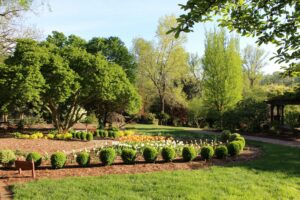
Join Us for Fall Adult Education Classes at the Arboretum at Tanglewood Park!
We invite you to join us this fall for our Adult Education series at the Arboretum at Tanglewood Park. …



El inglés es el idioma de control de esta página. En la medida en que haya algún conflicto entre la traducción al inglés y la traducción, el inglés prevalece.
Al hacer clic en el enlace de traducción se activa un servicio de traducción gratuito para convertir la página al español. Al igual que con cualquier traducción por Internet, la conversión no es sensible al contexto y puede que no traduzca el texto en su significado original. NC State Extension no garantiza la exactitud del texto traducido. Por favor, tenga en cuenta que algunas aplicaciones y/o servicios pueden no funcionar como se espera cuando se traducen.
Inglês é o idioma de controle desta página. Na medida que haja algum conflito entre o texto original em Inglês e a tradução, o Inglês prevalece.
Ao clicar no link de tradução, um serviço gratuito de tradução será ativado para converter a página para o Português. Como em qualquer tradução pela internet, a conversão não é sensivel ao contexto e pode não ocorrer a tradução para o significado orginal. O serviço de Extensão da Carolina do Norte (NC State Extension) não garante a exatidão do texto traduzido. Por favor, observe que algumas funções ou serviços podem não funcionar como esperado após a tradução.
English is the controlling language of this page. To the extent there is any conflict between the English text and the translation, English controls.
Clicking on the translation link activates a free translation service to convert the page to Spanish. As with any Internet translation, the conversion is not context-sensitive and may not translate the text to its original meaning. NC State Extension does not guarantee the accuracy of the translated text. Please note that some applications and/or services may not function as expected when translated.
Collapse ▲
We invite you to join us this fall for our Adult Education series at the Arboretum at Tanglewood Park. …
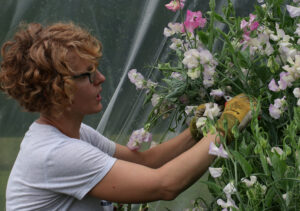
Grower Emily Merletto grows flowers at Over the Moon Farm in Moncure, a few miles south of Pittsboro. She …
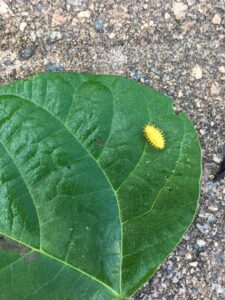
Join us for summer workshops focused on pest management in the garden. All workshops will be taught by Extension …
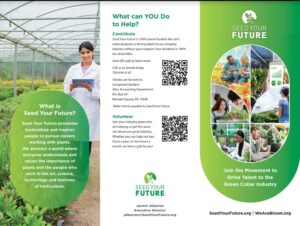
Seed Your Future Working to help everyone understand and value: the importance of plants, and the people who work in the …
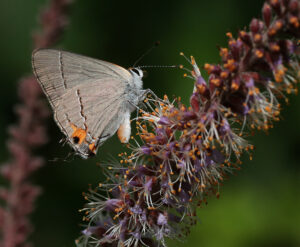
In late 2008, I planted a demonstration pollinator garden at Chatham Mills to provide forage from early spring to …
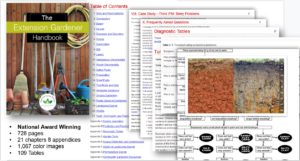
In partnership with Top Hat Monocle, we have just released an online interactive version of the NC Extension Gardener …
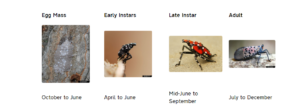
The North Carolina Department of Agriculture and Consumer Services has confirmed the first established presence of the invasive spotted …

“Collectively, costs were $374 lower per person per year for those living near the greenest space compared to those …
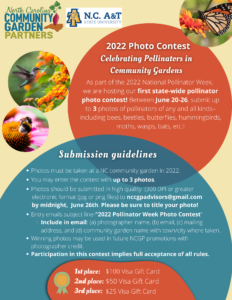
Help us celebrate the importance of pollinators in community gardens by participating in North Carolina Community Garden Partners/ A&T’s …
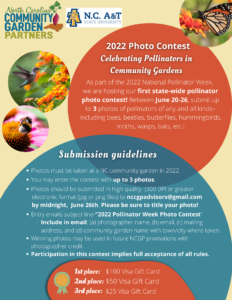
Thank you to everyone that participated in the “Hatch Butterflies” program when 4-H Embryology took a break due to …

June is National Pollinator month. There are a variety of ways you can support pollinators in your yard and …

This 44-page handbook by M. Alyssa McKim is dense with information and resources to promote community gardening. Beautifully laid out, …

If you have a high school student interested in Poultry Science, please check out the Mount Olive Poultry Primer …

In late 2008, I planted a demonstration pollinator garden at Chatham Mills to provide forage from early spring to …
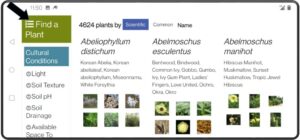
When you are looking at the Extension Gardener Plant Toolbox on a cell phone in a vertical position the menus …
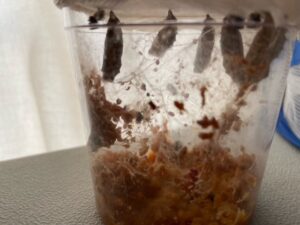
When 4-H Embryology was cancelled due to Highly Pathogenic Avian Influenza on April 5, 2022, Liz Driscoll, 4-H Horticulture …

Like most other people, I am always excited when spring comes around and plants emerge, flowers bloom, and butterflies …
This table presents information on postemergence herbicides registered for use on woody ornamentals.
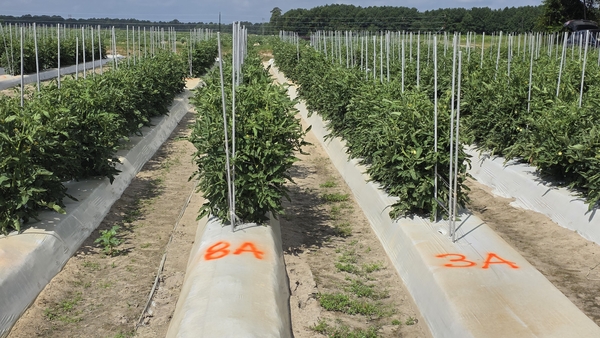
Tomato is a warm-season crop that, when managed using appropriate production practices, can reach first …
This publication focuses on the production and harvest of head lettuce, one of the most …
Onion is a cool-season crop that tolerates moderate freezing temperatures and is well adapted to …
At the national level, processing-tomato production remains concentrated in a few key regions. California continues …
This factsheet describes the symptoms of a lipid biosynthesis (Acetyl CoA carboxylase or ACCase) inhibitor …
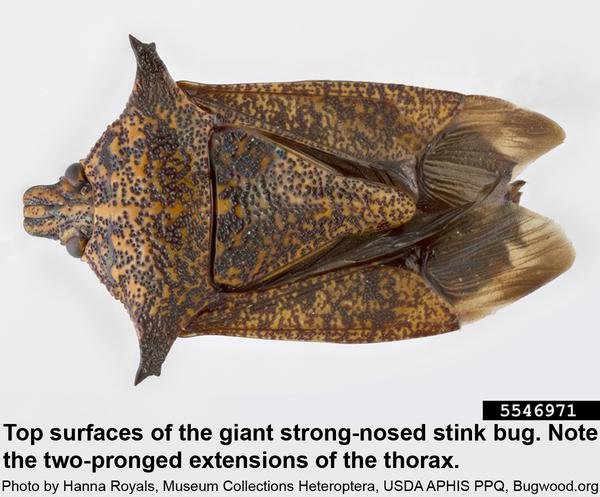
This factsheet describes the biology of the giant strong-nosed stink bug, Alcaeorrhynchus grandis, and provides …
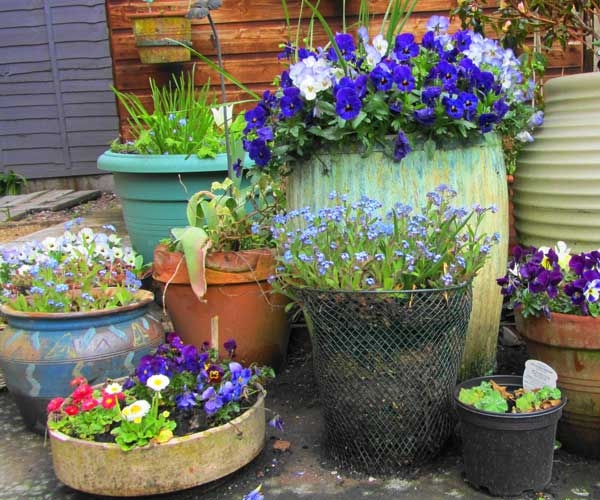
In this publication you will find ideas to get you started growing your own edibles. …